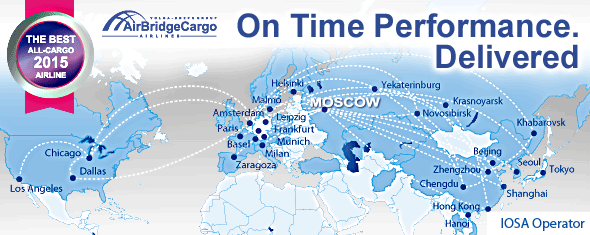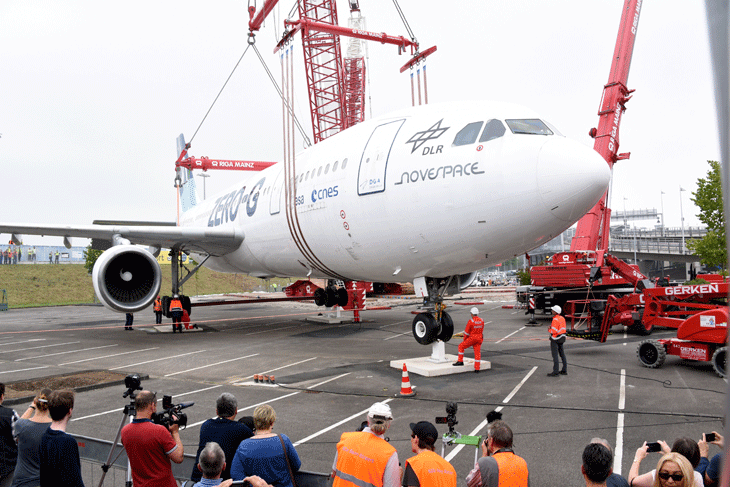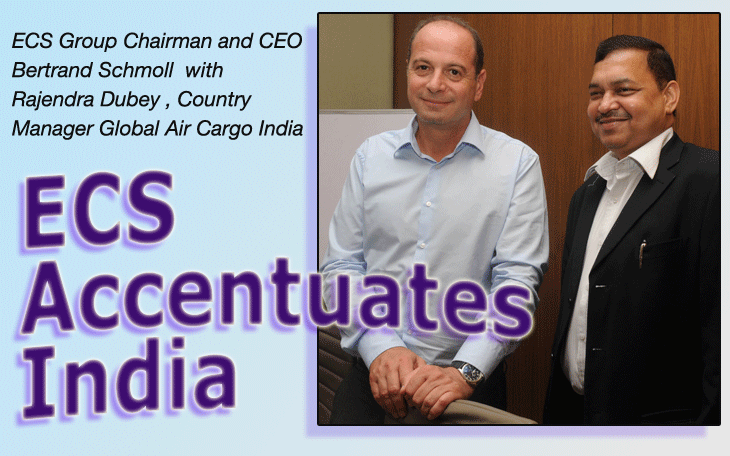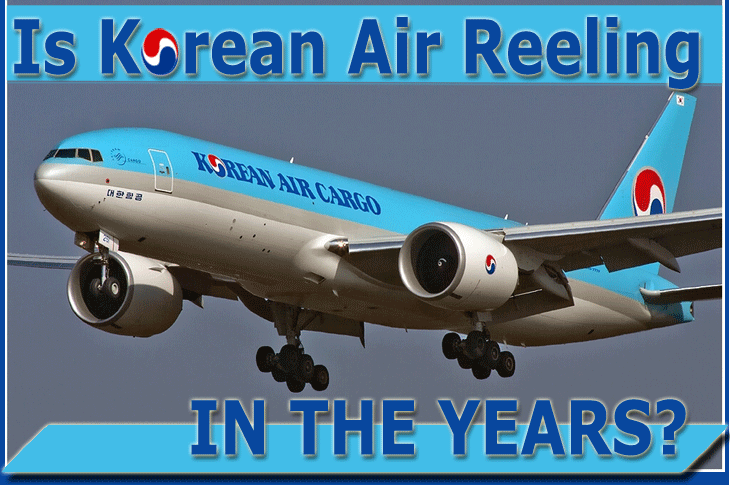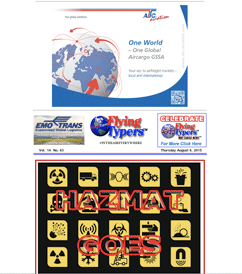
Much has been written
of issues pertaining to the (air) transport of Lithium batteries, most
recently after ICCAIA (the industry association representing the major
aircraft manufacturers such as Boeing, Airbus, and Bombardier) and IFALPA
(the International Federation of Airline Pilots) teamed up and sent
out a warning that the transport of Lithium batteries, at least in bulk,
is a risk via shipping procedures on present aircraft and cannot been
controlled.
On July 17th, 2015, Boeing published a
guidance document that continues to create not just ripples but waves
of tsunamic proportions within the airline business.
In this guidance document, Boeing said
flatly “(…) recently concluded testing by the International
Coordinating Council of Aerospace Industries Association (ICCAIA), with
Boeing’s participation, has determined that a fire involving one
or more packages of lithium ion batteries packed and transported in
accordance with the Dangerous Goods Technical Instructions could create
hazards that the aircraft fire protection features are not able to adequately
protect against.”
Subsequently, Boeing suggest that the
airline industry take the following actions: “(…)
1)
Appropriate packaging and shipping requirements
be established to safely ship lithium ion batteries as cargo on aircraft.
2)
High density packages of lithium ion batteries
and cells (such as defined by UN3480) not be transported as cargo on
passenger aircraft until such time where safer methods of transport
are established.
3)
Appropriate packaging and shipping requirements
be established to more safely ship lithium metal and lithium ion batteries
as cargo on freighter aircraft.”
Boeing “recommends operators not carry
lithium ion batteries as cargo on passenger aircraft until safer methods
of packaging and transport are established and implemented.”
The conclusions and eventual call for action
were jointly prepared by ICCAIA and IFALPA and made for a much-discussed
working paper at the ICAO Dangerous Goods Panel Meeting earlier this
year; the aforementioned quotes came from this working paper, as FT
had already reported:
Unwinding
Boondoggle
Although the ICCAIA/IFALPA paper got caught
in a formalistic and bureaucratic boondoggle, it will be rewritten and
presented in advance and in time for the 25th meeting of the ICAO DGP
this fall.
In the meantime, more and more airlines take
unilateral action and file so-called “variations“ in the
ICAO Technical Instructions for the Safe Transport of Dangerous Goods
by Air and the IATA Dangerous Goods Regulations;
either outlawing the transport of Lithium Batteries altogether or in
part.
A number of carriers have elected to embargo
these commodities, but have not filed variations despite being IATA
carriers, which in some cases leave shippers at a loss while bearing
costs for rejections almost impossible to avoid.
Usually shippers have no way of knowing the
deviations of individual carriers (e.g. requirements above and beyond
the requirements contained in the IATA DGR) that have not been filed
in the IATA DGR or ICAO TI.
It’s possible the forwarder tasked with
expediting the shipment may inform the shipper accordingly that using
airline XY is not an option, but this still leaves shippers at odds
to understand why.
PRBA and NEMA, the industry associations for
the battery manufacturers never fail to point out the difference between
non-compliant shippers and compliant ones, insisting that the incidents
and accidents relating to the transport of Lithium batteries involved
shipments which were either undeclared altogether or at least not prepared
as required by the regulations.
Enter
PRBA & NEMA
Although PRBA and NEMA have traditionally downplayed
the risks associated with the air transport of Lithium batteries in
the past and vociferously defended questionable privileges such as the
exemption from the training requirements for shippers of so-called “excepted”
Lithium cells and batteries (Lithium-metal cells with 1g Lithium or
less, Lithium metal batteries with 2g Lithium or less, Lithium-Ion cells
with 20 Wh or less, or Lithium-Ion Batteries with 100 Wh or less), they
do have a noteworthy point.
While one might argue that PRBA and NEMA have
in the past done little to differentiate compliant shippers from non-compliant
ones and have not taken a proactive role in going after those who willingly
or unwillingly ignore the regulations, one must concede that for the
time being there is some risk of a regulatory overkill since a great
part of todays all-day technology is reliant on Lithium battery technology.
The latter, however, is causing a problem that
seemingly has not been noticed by ICAO or IATA and does not seem to
be on the radar of regulators; nevertheless, this issue may cause greater
burdens to manufacturers and distributors of electronic gadgets than
any change the regulations have undergone in the past or may undergo
in the time to come.
Professor
Gadget
While gadgets and devices such as remote control
units, flashlights, etc. typically contain AAA, AA, or other standard
type batteries which could be shipped without batteries at all, a considerable
percentage of electronic devices incorporate batteries in a form that
makes them almost impossible to remove for transport—for example,
Lithium cells and batteries on computer mainboards or measuring instruments.
While these gadgets and devices do not present
a problem by themselves, the issue at hand is that the manufacturers
and distributors often have no way of knowing which particular cell
or battery is installed in a particular gadget or device.
Let us assume the computer manufacturer XYZ
is equipping his desktop computer systems with BIOS-backup batteries
of the common CR2032 type.
Although most end users are not aware of the
fact, even a desktop system must incorporate a small battery or else
all system settings (such as date and time) would be “forgotten”
whenever the system is disconnected from AC power.
Typically, such batteries are purchased from
multiple vendors and installed using the FIFO warehousing principle
(First In First Out). Very few manufacturers however have felt the necessity
to record whether a CR2032 button cell of the manufacturer XYZ or the
manufacturer ABC has been installed in the device with the serial 12345.
The ICAO TI and the IATA DGR require that “each
cell or battery is of the type proved to meet the requirements of each
test of the UN Manual of Tests and Criteria, Part III, subsection 38.3.
(…) Cell and battery types only meeting the requirements of the
UN Manual of Tests and Criteria, Revision 3, are no longer valid.”
While some manufacturers such as Lenovo have
simply issued a global certificate of conformity assuring end-users
and distributors of their equipment alike that “batteries and
the cells contained in them have been tested and meet the requirements
of the UN Manual of Tests and Criteria, Part III, subsection 38.3, Revision
3, Amendment 1 or any subsequent revision and amendment applicable at
the date of the type testing,” others so far still communicate
to buyers of their equipment that “the batteries and cells installed
in our equipment are exempt from all transport regulations and are not
considered dangerous goods.”
Possibly, since some devices and gadgets have
a long shelf life, it may even prove impossible to find out which battery
or cell had been installed therein and some vendors or manufacturers
of batteries may no longer exist, making the required determination
that a cell or battery contained in a device or gadget to be shipped
virtually impossible.
Jens
|



